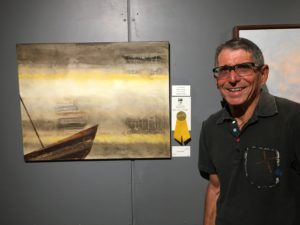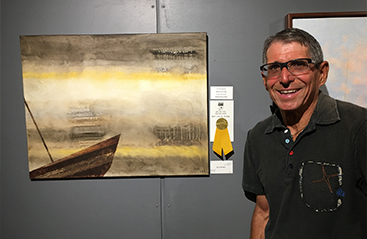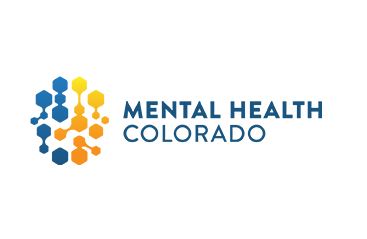I recently spoke with Dr. Paul F. White, a consultant in the Department of Anesthesia at Cedars-Sinai Medical Center in Los Angeles, CA. We discussed his long-standing commitment to optimal pain management, and how he has evolved from practicing medicine and conducting research as a pharmacologist/anesthesiologist to a pain management and clinical research consultant. Our conversation is summarized below:
Tell us about yourself. What is your background and what sparked your interest in acute and chronic pain management?
My passion for medical science started when I was a student at the University of California, Berkeley, where I majored in biochemistry. I went on to earn a PhD in pharmacology and a MD at the University of California, San Francisco — completing residencies in both internal medicine and anesthesia following medical school. During my time as a PhD student, I conducted research that analyzed the molecules of ketamine, which is a medication primarily used for starting and maintaining anesthesia, and studied its effects in patients undergoing elective surgery. For over 30 years I continued to conduct clinical studies on both opioid and non-opioid pain medications, as well as non-pharmacologic techniques for managing acute and chronic pain. In fact, I was instrumental in the development of patient-controlled analgesia (PCA) as a novel approach to improving the titration of opioid medications in hospitalized post-surgical patients.
Due to the decline in clinical research funding, I decided to retire early from full-time academic medicine and started doing consulting work. Although I still publish peer-reviewed manuscripts with my colleagues at Cedars-Sinai Medical Center in Los Angeles, I am currently most interested in pursuing topics that can influence patient care and improve patient outcomes related to the management of acute and chronic pain.

One of the concerns I have with current clinical practices is related to the overuse of opioid analgesics. It has become commonplace to prescribe opioids after surgery whether the patient needed them or not. This practice has led to the use, abuse and diversion of opioids, resulting in the current opioid epidemic. Now that this issue has become more widely recognized, there is increasing interest in utilizing non-opioid analgesics as part of a multi-modal approach to acute pain management. As a result, I have focused my attention in recent years on the use of non-pharmacologic approaches to managing chronic pain, including electroanalgesia (e.g., transcutaneous electrical nerve stimulation [TENS] or acupoint stimulation [TAES], percutaneous electrical nerve stimulation [PENS]), and more recently, cold laser therapy (e.g., high-intensity laser therapy [HILT]). A major obstacle to the adoption of these novel non-pharmacologic approaches has been the cost of the equipment and the inability to obtain reasonable reimbursement from insurance companies and third-party payors.
Can you tell us a bit about your current role?
I am a consultant to the anesthesiology research program at Cedars-Sinai Medical Center, where I advise on clinical projects and critique protocols. In this capacity I also work with medical students, residents and fellows who are pursuing clinical projects, in addition to assisting with the preparation of peer-reviewed publications.
What are the next steps/future directions?
While I am currently involved in the development of a wellness center for student-athletes at my alma mater, the University of California, Berkeley, my goal is to build a wellness center for senior citizens in California. I also look forward to continuing work in the clinical research space, with a focus on acute and chronic pain management, and may write a book to help colleagues who are interested in academic medicine.
Outside of that, I am very interested in working to further develop my skills as an artist and stay healthy by doing daily workouts in our beautiful outdoor pool at The Sea Ranch, CA. I spent a month in the Atacama Desert earlier this year working with a famous Chilian artist (Pablo McClure), who is also a very good friend of mine and an excellent art teacher! Unfortunately, I will not be able to go to Chile in January 2021 because of the great difficulties they are experiencing with the COVID-19 pandemic. I’ve also been asked to write a book about my career using the help of a ‘ghost writer’, so I might do that because I feel that I have many useful experiences and life lessons to share with young colleagues interested in pursuing a career in academic medicine.



